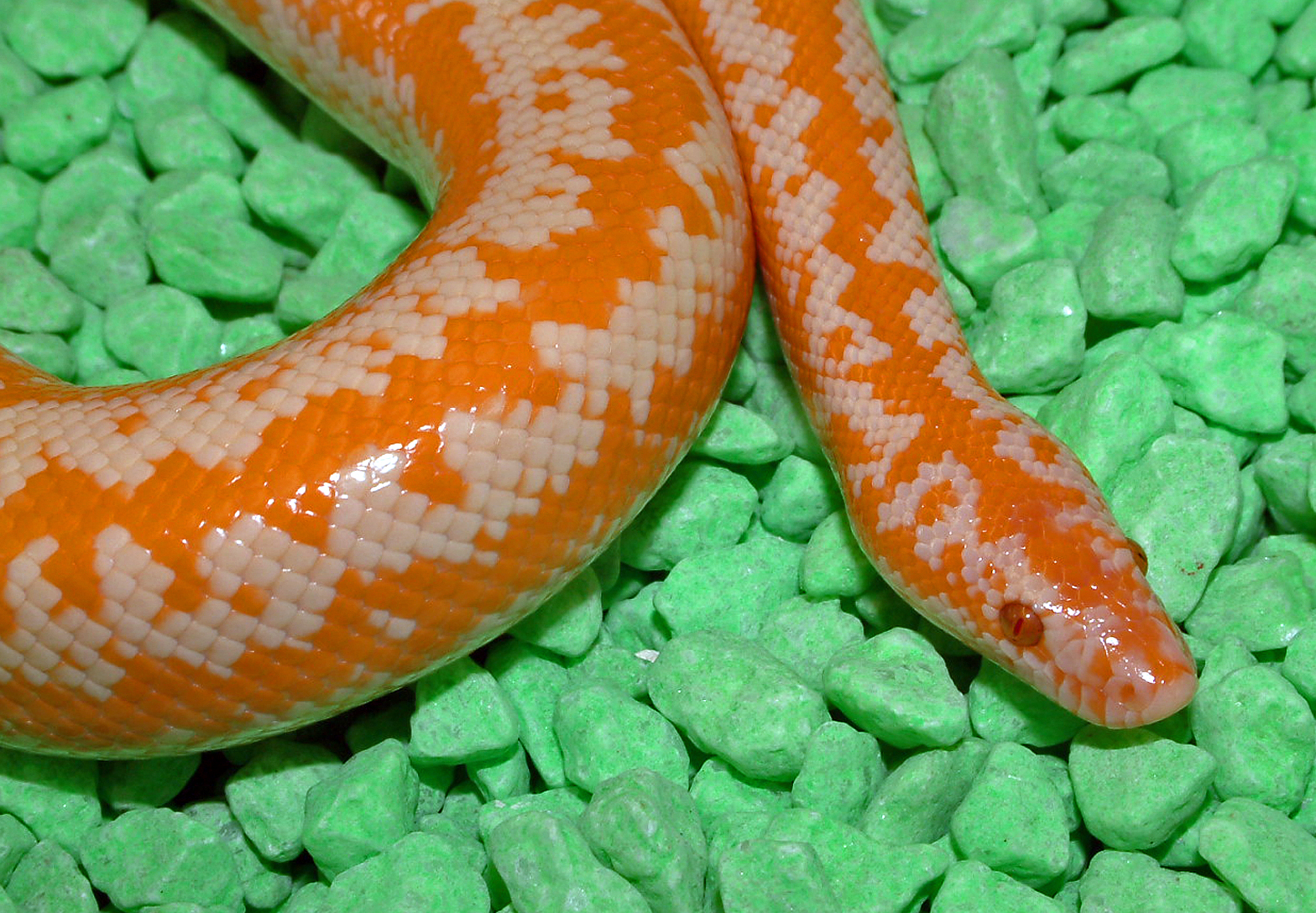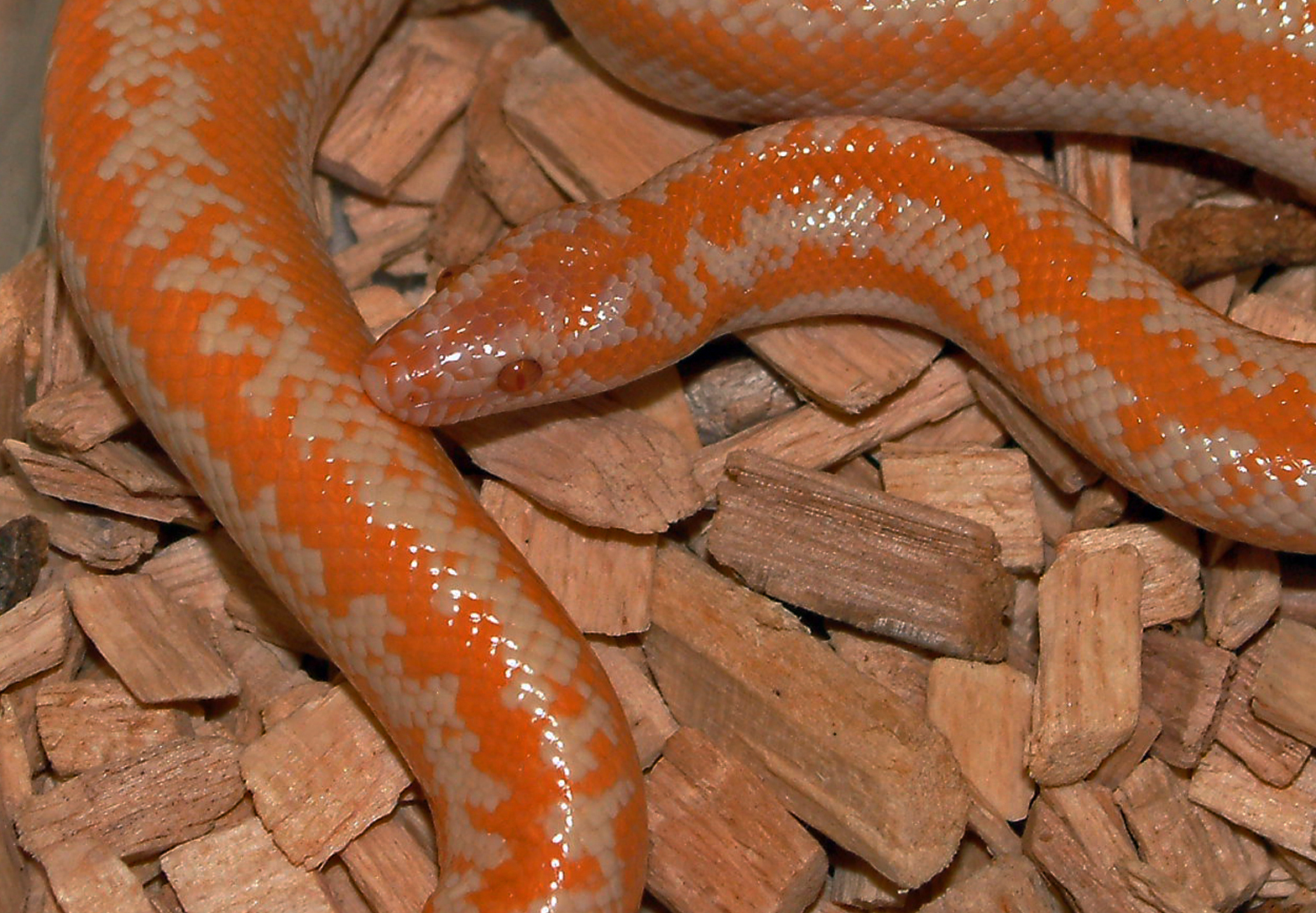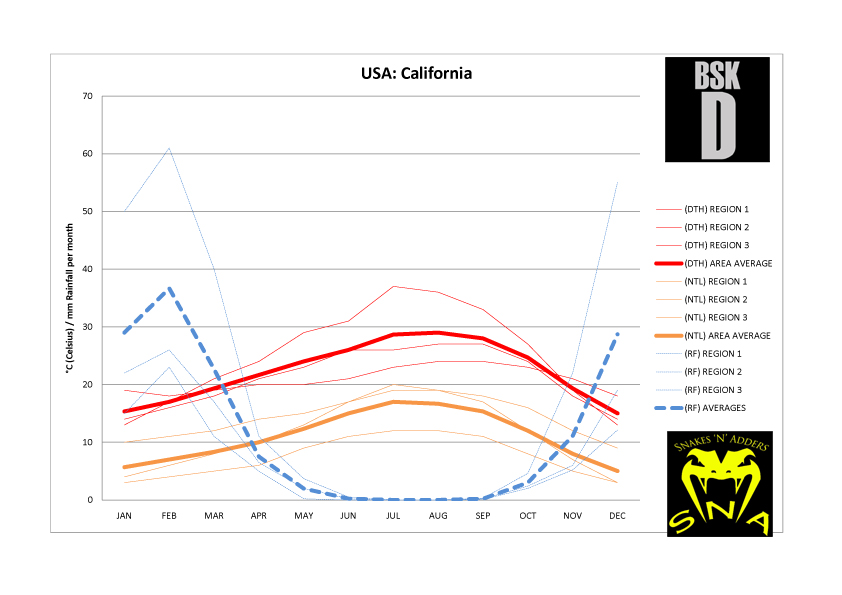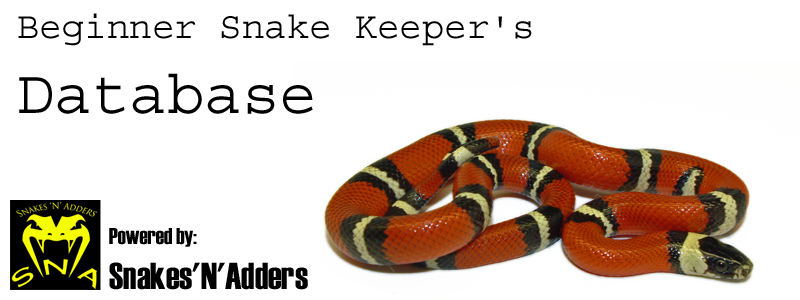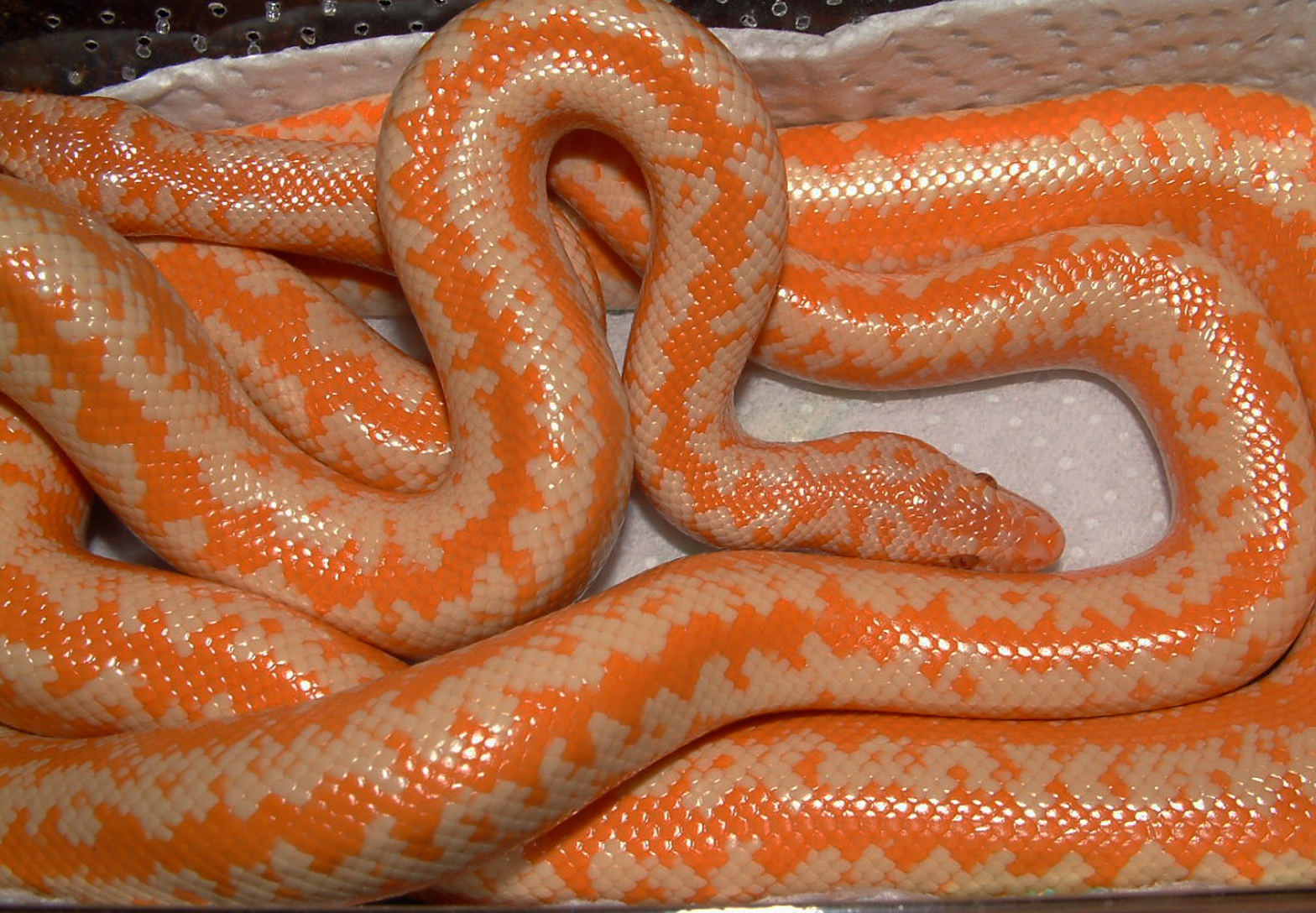
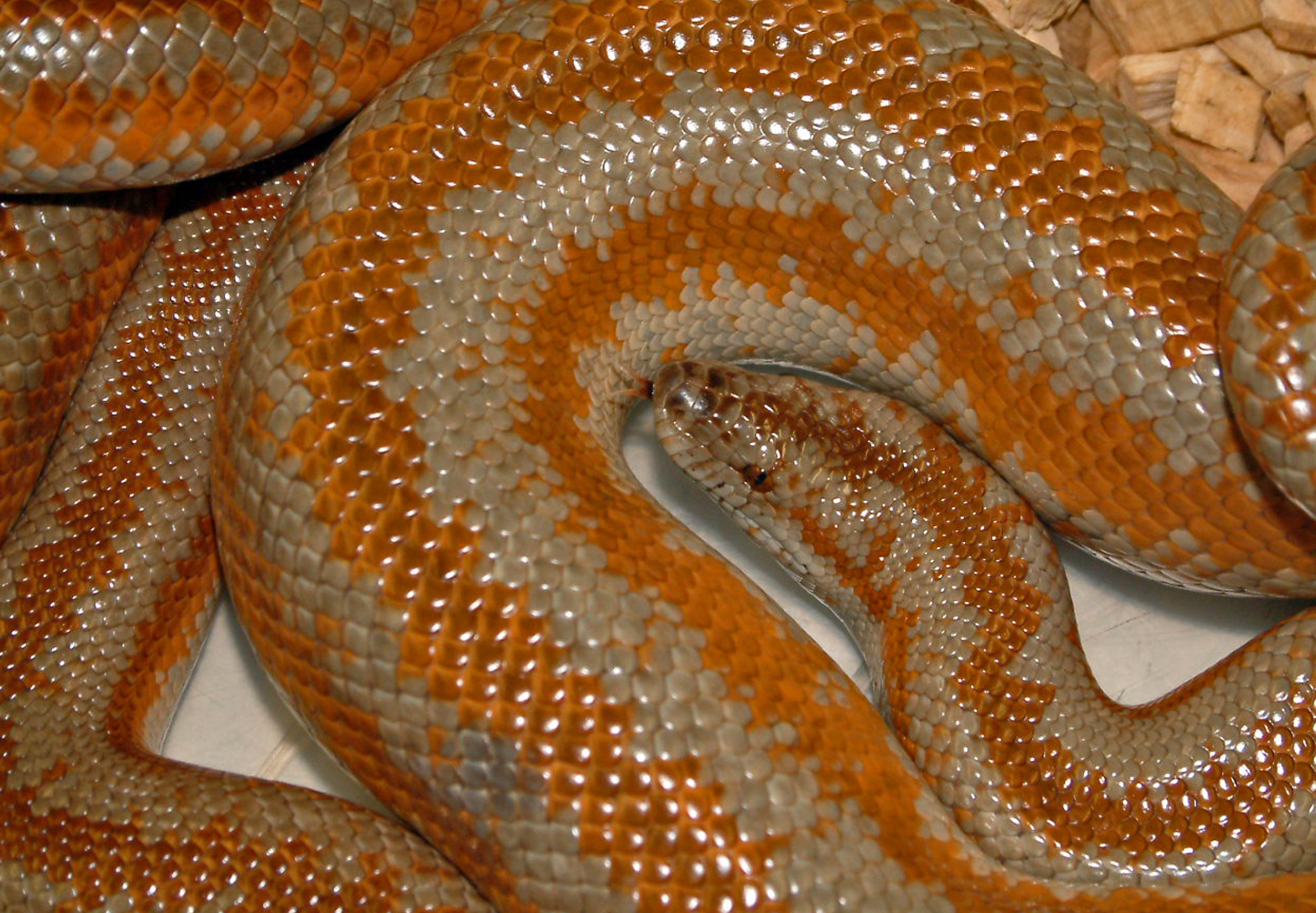
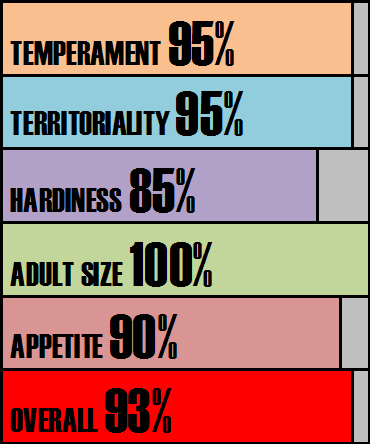

Species Notes based on experiences:
Rosy Boas are one of the highest scoring snakes on the entire website. If memory serves me correctly they are joint 2nd with the Dione’s or Steppes Rat Snake. This is for good reason. Manageable size (despite being a boa constrictor), affable personality, fantastic appetite, superb hardiness (despite being a boa constrictor). The snake is pretty much the full package. When you think Boa Constrictor you think of the medium to large snakes from central and South America. What you may not realise is that the Boa family is very large and takes in many genera of snake that comes in all shapes and sizes. Boa constrictors include Anacondas at one end of the scale and these guys and the Sand Boas at the other. A Boa constrictor is a primitive snake with a pelvic girdle (a hangover from their days as lizards) that actively squeezes its prey and is devoid of venom. They also are livebearers or viviparous. Their babies are born in a clear membranous sac which they burst out of upon birth. This is an adaptation to their environment to help mothers bring forth new life. Maybe the weather is inclement and the female needs to move around to bask or maybe the water level of the local area is unreliable and may flood nests. Nature is amazing it the way it adapts to adversity. The Coastal Rosy Boa is a small semi desert dwelling snake from Southern California and Northern Baja California. The striping of the Coastal Rosy is frayed with occasional blotches of orange in the grey striping are . They are not neat the way a Baja Rosy or Mexican Rosy is. In my experience I have found this to be the largest of the Rosy Boas with the biggest girth too. Although it still has to extremes to deal with the coastal locality of the snake does make things a little easier for this animal to find prey etc.
Score analysis:
When considering temperament, Rosy Boas can be some of the most very laid back snake one could own. They can be totally none fazed by the handling experience and seem quite happy to be where ever they find themselves. The only occasional difficulty that the keeper may run into is their fondness of food. Fingers may be mistaken for dinner. Hilarity ensues as a tiny snake with teeth barely long enough to pierce the skin has a go at constricting your pinky finger. If anything it is endearing. As long as the Rosy Boa is well fed during growth sections of the year this is less likely to be an issue.
Whilst for much of the website we will sate that territory disputes are generally more likely to occur than temperament issues that simply is just not the case with Rosy Boas. They rarely even flinch when you pick them up and the most you may get is a lazy tongue flick to see what is going on. If this snake was any more laid back it would be horizontal. Incredibly rare exceptions may exist but in truth with Rosys they are more likely to nibble your finger when held because they are daft than having a pop within the enclosure.
Ok so it is worth saying that hands down the Rosy and Sand Boas are toughest of all Boa constrictors when it comes to captivity. Their rudimentary breathing apparatus is their only downfall. The colubrid snakes by comparison are all relatively advanced and seem far more at ease in temperate or desert settings. Occasionally Rosy Boas can be susceptible to respiratory infections. If not treated or reacted too early this infection may spread lower into the lung and create pneumonias. Maintain a high level of cleanliness and ensure that air is clean and not muggy (which can harbour bacteria). Inevitably Rosy Boas may well need to be cycled for breeding and as a result this can put pressure on the immune system – animals must be in tip top health before trials commence.
This is a perfect ‘goldilocks’ sized snake. They are large enough as youngsters to feed unassisted on pink mice and will very rarely exceed 100cm for females. In truth you would be pushing it for it to pass 75cm. They carry impressive girth as adults and have an almost rubbery complexion to the skin owing to how incredibly smooth it is. The body is cylindrical, rather than loaf shaped like so many snakes on this website which is an adaptation for burrowing.
The appetite of the Rosy Boa is generally incredibly stable, some babies may be reticent to feed initially but as a beginner keeper as long as you buy from a reputable source this will have been overcome. Some breeders will cool down babies and effectively brumate them having never fed. The babies won’t come to harm as they are born with enormous engorged stomachs full of yolk. This can help steady the rate the yolk is absorbed and stimulate the babies to feed. Once established and feeding they rarely miss a beat. They feed very well, too well in fact and obesity can be a problem. Obese Rosy Boas are a sad sight due to how tiny their heads remain throughout life. They look like they have swallowed a balloon someone has chosen to inflate once inside. Rosy Boas have slow metabolisms and adult may only need to be fed every 3 weeks or so during feeding season.
Enclosure recommendations:
Tub:
50ltr or similar
Vivarium:
90cm x 45cm x 45cm
Budget rig: -(Tub only)
40cm x 30cm heat pad
Pulse thermostat
Digital thermometer to monitor thermostat performance
Warm hide
Cool hide
Water bowl
substrate
Recommended rig (vivarium only): -
150w ceramic heat emitter
Ceramic lamp holder and bracket
Bulb guard
Day night thermostat
Digital thermometer to monitor thermostat performance
Various logs and caves along the thermal gradient
Damp hide (optional)
Climbing and exercise branches
Plants and foliage (live or artificial – your choice)
Water bowl
Substrate
UVB light (8w T5 shade dweller 7% kit from Arcadia or equivalent) (optional)
Subterranean section to vivarium for further psychological security (optional)
Climate analysis:
During the oppressive summer months which can be fatally hot these snakes become exclusively nocturnal. They simply cannot operate during the heat of the day. They aestivate instead (remain below stones and sand in burrows waiting for it to cool down. As we swing from summer to spring or autumn they may become more crepuscular choosing to bask at dawn and dusk. Winter offers some difficult temperatures for a Boa. Brumation will be the only option to survive this. A period of 3-4 months may be spent either totally inactive or only basking for short periods during the day. Hunting will cease completely.
Conclusion:
A supreme pet snake. Almost perfect in every way, occasionally a little nippy as youngsters through misidentification of fingers (but this is endearing more than anything). They are tough snakes, that are incredibly pretty and much sought after. Breeders are still working with Rosy Boas with regularity although Coastal Rosy Boas are one of the commonly seen subspecies albeit in Albino form popularised by Randy Limburg in the 2000’s.
